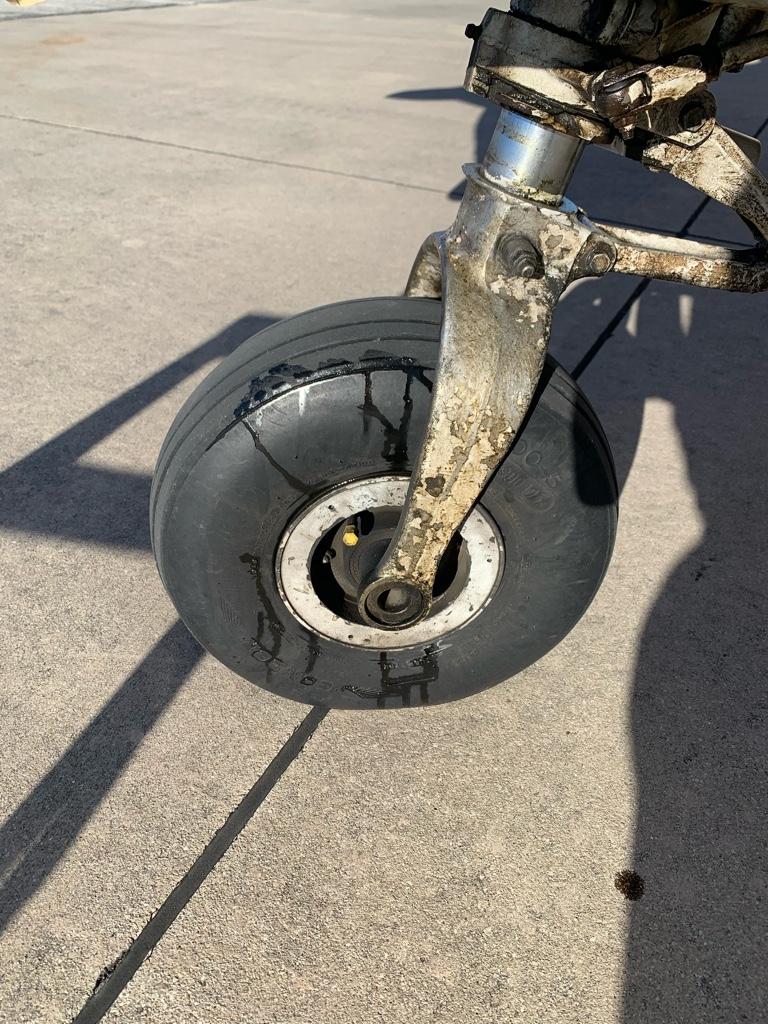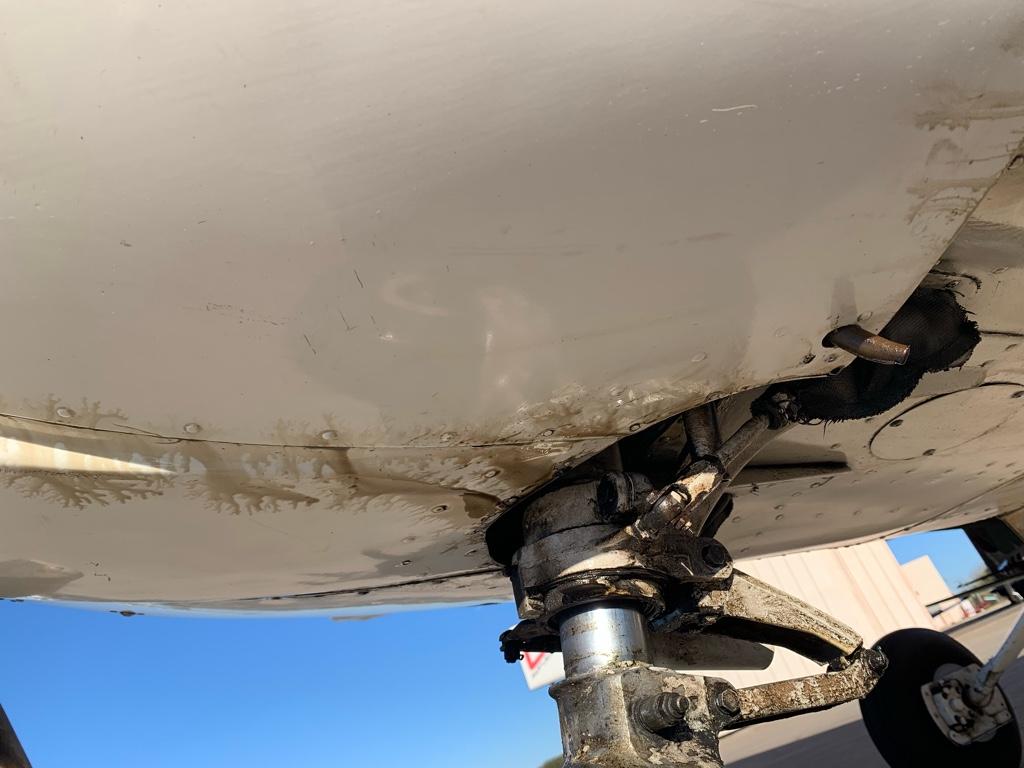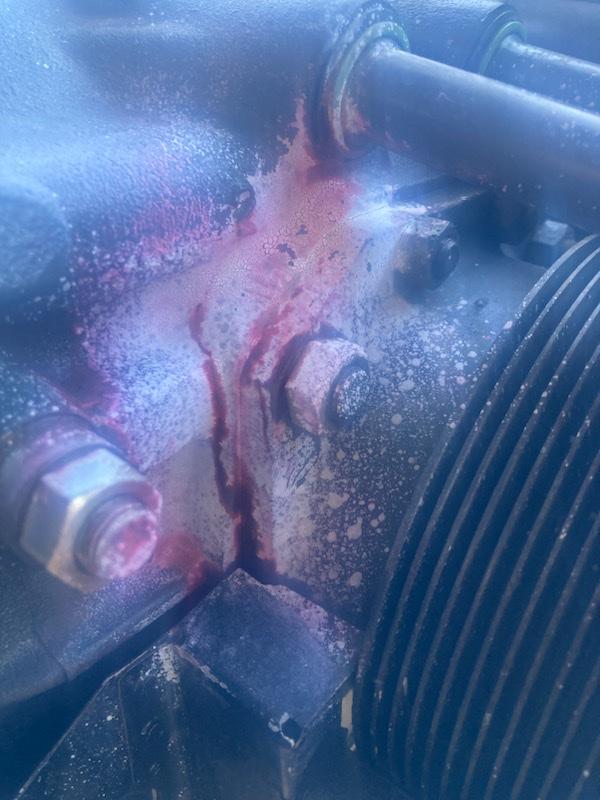We’ve been chasing a tiny oil leak for a little over a year and about 400 hours or so, and replaced the oil return lines last week. Post maintenance check flight didn’t turn up anything new, good or bad. Still a tiny leak somewhere. By tiny, I mean we’ve been loosing well less than a quart every 10 hrs.
Saturday, a partner flew a 3.5hr XC, noticed the leak was still there and put the plane to bed. Sunday, during preflight, I noticed this

Well, that’s new so I took a look under the nose and found this.

The belly was also pretty well coated with probably a couple ounces of oil. Since this was a significant change in the leak characteristics, I abandoned the pre-flight and put the plane back in the hangar.
Went out this morning with our partner who’s an IA and did some detecting.

That’s the #2 cylinder. I’ve got quote requests out right now, but with 1973SMOH and multiple OHs, we’re going the exchange route.
Saturday, a partner flew a 3.5hr XC, noticed the leak was still there and put the plane to bed. Sunday, during preflight, I noticed this

Well, that’s new so I took a look under the nose and found this.

The belly was also pretty well coated with probably a couple ounces of oil. Since this was a significant change in the leak characteristics, I abandoned the pre-flight and put the plane back in the hangar.
Went out this morning with our partner who’s an IA and did some detecting.

That’s the #2 cylinder. I’ve got quote requests out right now, but with 1973SMOH and multiple OHs, we’re going the exchange route.

 I know that isn't the case now... no pun intended.
I know that isn't the case now... no pun intended.